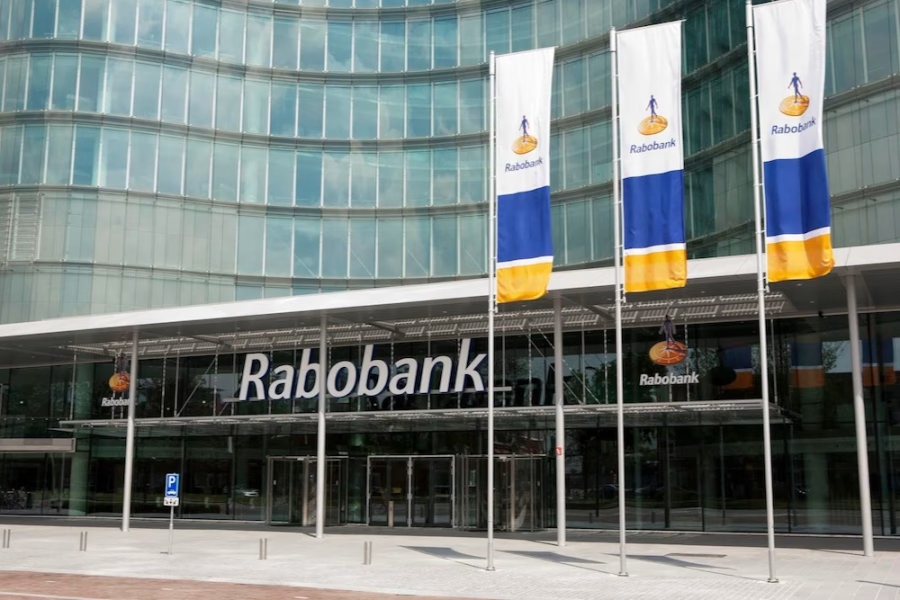Uncover the reasons behind the decline in Australian farm confidence due to drought and rising costs. How are farmers managing these hurdles? Dive into the newest Rabobank survey findings.

As you navigate the world of dairy farming, it’s crucial to stay abreast of industry trends. The recent Rabobank survey, published on Wednesday, is a key resource. It reveals a drop in farm confidence across Australia, providing essential insights into the economic outlook within the agricultural sector.
The survey’s findings are stark. Persistent drought in Tasmania, Western, and South Australia, coupled with rising input costs, has significantly eroded farmer confidence. This impact is particularly felt by dairy farmers , who are now grappling with a less optimistic outlook for the future.
Let’s dive into how these issues affect farm confidence and what they mean for your dairy operations.
The Struggle of Farmers in Tasmania, Western Australia, and South Australia Amid Dry Conditions
Dry conditions have severely affected the farming landscapes of Tasmania, Western Australia, and South Australia.
In Tasmania, the situation is dire. Shriveled pasturelands are posing a challenge for livestock farmers who rely on green fields for grazing. This not only threatens livestock health but also productivity, painting a grim picture for dairy farmers in the region.
Western Australia faces a dry autumn with late or nonexistent autumn breaks, delaying winter crop planting and creating uncertainty about yields.
South Australia also needs help with scant rainfall, drying out fields and threatening crop yields, contributing to the decline in agricultural confidence.
These dry spells highlight the crucial need for regular rainfall for successful farming. They expose vulnerabilities in Australia’s agricultural sector, making adaptive strategies and support essential for farmers’ livelihoods.
Bleak Outlook in Rabobank’s Latest Survey Signals Escalating Farmer Pessimism
| Farmer Sentiment | Previous Quarter | Current Quarter |
|---|---|---|
| Expecting Improvement | 31% | 15% |
| Expecting Conditions to Worsen | 16% | 36% |
| Expecting Stability | 46% | 46% |
Rabobank’s quarterly survey vividly highlights the declining confidence among Australian farmers. A mere 15% of respondents expect the agricultural economy to improve over the coming year, a stark drop from 31% just three months ago. Additionally, the survey indicates a significant rise in pessimism, with 36% of farmers anticipating worsening conditions, up from 16% in the last poll.
Pre-Rain Concerns: Understanding Farmer Sentiment Before the Relief
The timing of Rabobank’s survey is crucial for understanding the sentiment among farmers. Conducted before the recent rains offered some much-needed relief, the survey results reflect the anxiety and uncertainty prevalent at that time. We understand the difficulties you, especially in Tasmania, Western Australia, and South Australia, have faced with dry conditions and rising input costs. However, since the survey was conducted, the advent of rain holds promise for improving planting conditions and boosting farmer morale shortly.
Cotton Growers’ Optimism Shines Through the Gloom: A Bright Spot in the Agricultural Landscape
Cotton growers are more optimistic compared to other farmers. Their confidence comes from a promising season and rising commodity prices, showing that some agricultural sectors are doing better than others.
Recurring Dry Spells and Their Persistent Impact on Farm Confidence
Farm confidence in Australia has dipped, reflecting the sentiments during dry spells in 2023 and 2018-2019. These periods were marked by severe drought, leading to low farmer morale. The recurring nature of these challenges highlights the agricultural sector’s ongoing vulnerability to weather changes. Despite occasional boosts from good conditions or rising commodity prices, persistent dry weather impacts farmer confidence and crop yields.
The Bottom Line
Rabobank executive Marcel van Doremaele acknowledges the dip in farmer confidence but emphasizes a generally positive outlook for the agricultural sector. He mentions that recent rainfall and the potential La Nina event could significantly improve farming conditions. Van Doremaele also notes that commodity prices in grain, dairy, and cotton have remained stable, which helps offset economic challenges. Despite current issues, he believes the agricultural landscape holds promise for resilience and growth, offering hope for the future.
Key Takeaways:
- Declining Farm Confidence: Only 15% of Australian farmers expect the agricultural economy to improve, a significant drop from 31% three months prior.
- Regional Drought Conditions: Tasmania, Western Australia, and South Australia have faced severe dry conditions, impacting crop yields and pastures.
- Rising Input Costs: Increased operational costs are adding to farmers’ concerns, further eroding confidence levels.
- Cotton Growers’ Optimism: Cotton growers remain the most hopeful due to favorable season expectations and rising commodity prices.
- Potential La Nina Effect: The possibility of La Nina developing later in the year brings hope for wetter conditions in eastern Australia.











